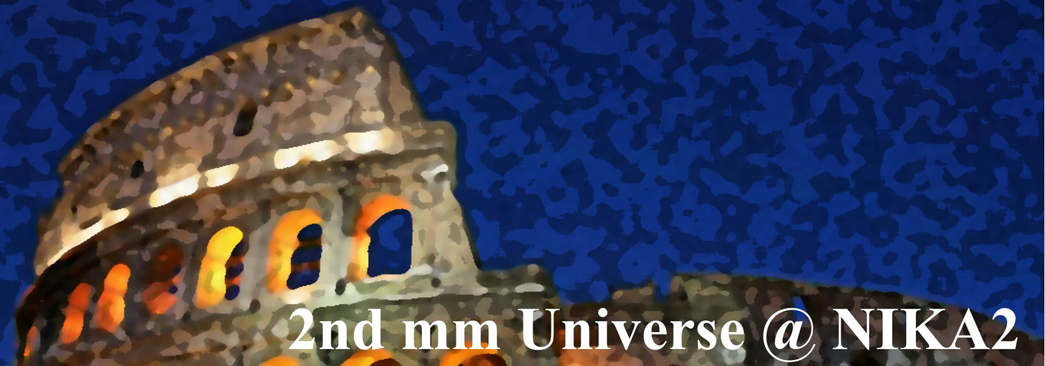Speaker
Description
The evolution of the dark matter profiles of high-mass galaxy clusters from z~1 to the present day remains poorly constrained and is a powerful test of the LambdaCDM model. Such a test requires systematic confrontations of observations of a representative sample of the Universe's most massive clusters, preferably in several redshift bins, with tailor-made numerical simulations. To date, there exist no cosmological numerical simulations with the exceptionally large volume (required to simulate the rarest, most massive clusters) and the resolution (required to resolve their structure) necessary to undertake such a project. We will present the first results from a simulation campaign aimed at producing large cosmological simulations that are 1 Gpc/h on a side and have a medium mass and spatial resolution. They are being complemented with very-high resolution zoom simulations which are progressively including the non-gravitational physics of galaxy formation such as star formation, supernova and AGN feedback. The simulations are produced using the AMR code RAMSES. The first results are based on a subset of the systems, consisting of the 25 most massive galaxy clusters at each redshift (z=1, 0.8, 0.6 and 0) to study the evolution of their internal structure, finding that their dark matter profiles within r500 are strikingly similar from z ∼ 1 to the present day, exhibiting a low dispersion of 0.15 dex, and showing little evolution with redshift in the radial logarithmic slope and scatter. They have the running power law shape typical of the NFW-type profiles, but their inner structure shows no signs of converging to an asymptotic slope. This suggests that this type of profile is already in place at z > 1 in the highest-mass haloes in the Universe, and that it remains exceptionally robust to merging activity.

